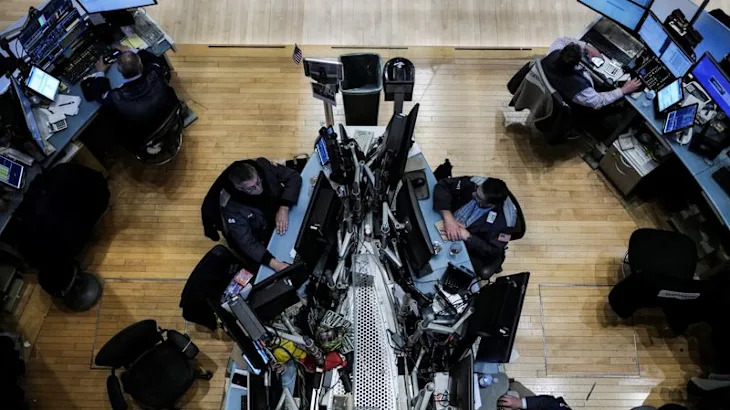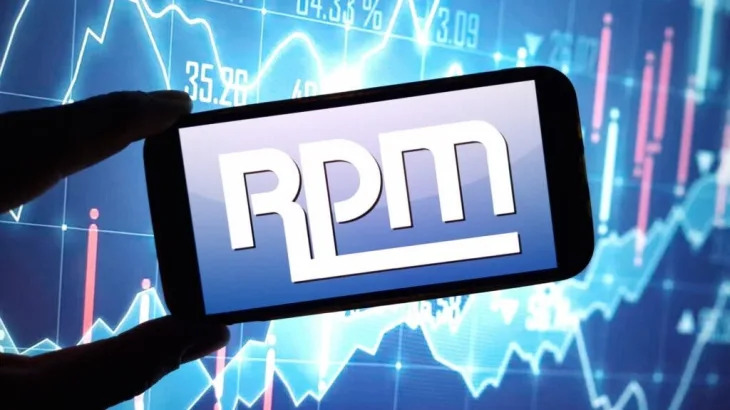
Investors looking to gain exposure to the e-commerce industry most likely have Amazon at the top of their lists. The massive tech juggernaut, worth more than $1.7 trillion, dominates online shopping.
However, Etsy (NASDAQ: ETSY) , a much tinier enterprise by comparison, might also have your attention. It has successfully carved out a niche in the large e-commerce space. If you're thinking of buying shares, know these three things first.
1. Hard times
When consumers were spending more money and time than ever before online, Etsy was firing on all cylinders during the COVID-19 pandemic. But things have slowed down notably since then, and now the company has hit a bit of a rough patch.
During the second quarter (ended June 30), Etsy's core marketplace reported a 3.2% decline in gross merchandise sales (GMS) compared to the year-ago period. This marked the third straight quarter of a decline, and management expects more pressure in Q3.
Etsy's top product categories are things like home furnishings, jewelry, and apparel. These can be described as non-essential discretionary purchases. When inflationary pressures exist, coupled with general economic uncertainty, it makes sense that consumers will be a bit more cautious with their spending.
It's not all bad news, however. The Consumer Price Index has been declining to more normal levels. And there's a possibility the Federal Reserve will start to lower interest rates in September. This could help provide a much-needed boost to Etsy's GMS growth.
2. Network effects
Etsy has an economic moat . This term, made famous by the great Warren Buffett, indicates that a business has some sort of sustainable competitive advantage that helps protect it from the threat of existing industry rivals and new entrants. It's an important trait that defines a high-quality enterprise and adds to its durability.
The presence of powerful network effects underpins Etsy's moat. Etsy operates a two-sided online marketplace. As of June 30, it had 96.6 million active buyers and 8.8 million active sellers. As more buyers join, the number of potential customers increases, and Etsy becomes more valuable to sellers. And as more sellers join, buyers have a wider array of choices. Consequently, the platform becomes better for all stakeholders over time.
Just imagine what it would take to start a competing online marketplace from scratch. Not only would you have to attract buyers without having any merchandise for sale, but you'd also need to sign on merchants without having any shoppers. This gives me confidence that Etsy likely won't be disrupted anytime soon.
3. Cheap stock
Etsy was once a darling on Wall Street. In the five years leading up to its peak price, the stock skyrocketed 2,160%. Then a combination of slower growth following the pandemic and the market's disdain for high-flying tech stocks hurt Etsy shareholders.
The stock currently trades 81% off its all-time high. And while the Nasdaq Composite i ndex has soared 59% since the start of 2023, Etsy shares have tanked 54% (as of Aug. 7).
But there's an opportunity here for patient investors. At a forward price-to-earnings ratio of 12.3, Etsy trades at a dirt-cheap valuation. This demonstrates the market's extreme pessimism about this business.
If you believe that Etsy will get back to posting solid revenue and earnings growth, it might be a great time to buy the stock.
Before you buy stock in Etsy, consider this:





